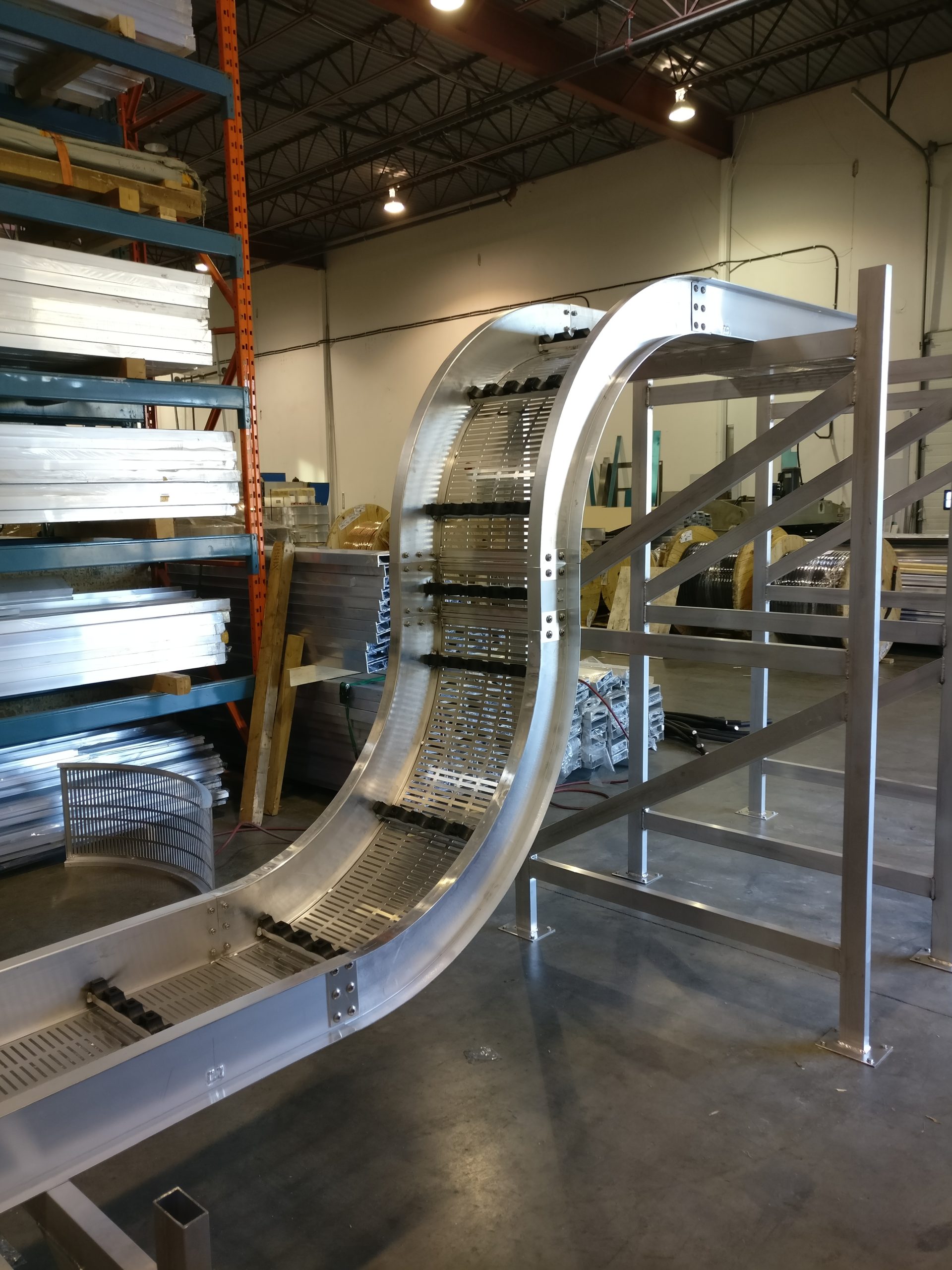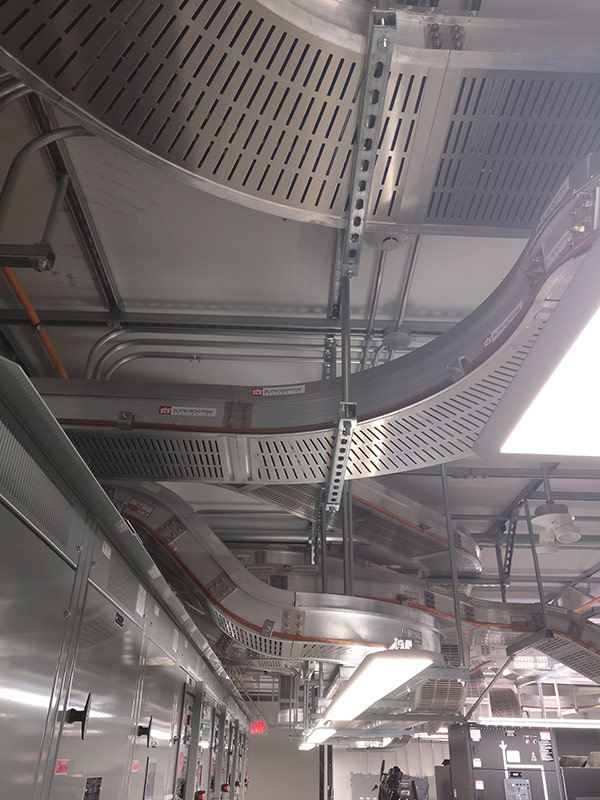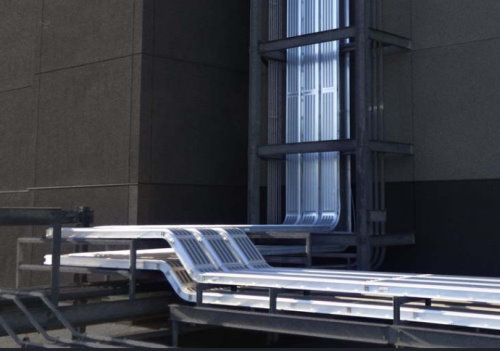An infinite busbar has a fixed voltage and frequency even after a variation in the load. A good example of an infinite busbar is alternators that operate parallel to each other. The parallel operations of the machine create a low synchronous impedance in the bus. An infinite bus is so powerful that it imposes its voltage and frequency on generators that are connected to its terminal. However, the power system continues to work as usual even when any of the alternators goes on and off. The only variables are the mechanical torque exerted by the turbine and the field excitation. This article discusses everything you need to know about the infinite busbar.
Learn More About Our Company:
ABOUT US | OUR PRODUCTS | CONTACT US
Necessary Conditions for Parallel Operation of the Alternators
The process of connecting a single machine in parallel with an infinite busbar system or another machine is known as synchronizing. An incoming machine is an alternator that is connected in parallel with the system while the machine that carries the load is referred to as a running machine. To satisfy the parallel operation of the alternators, the incoming machine voltage and bus bar voltage must have the same phase sequence. The frequency of the voltage generated by the incoming machine should also be equal to the frequency of the voltage generated by the infinite busbar.

Understanding the Concept of Infinite Busbar (Example)
Assume there is an isolated synchronous generator with a capacity of 100kW that supplies a load of 50kW at 50Hz and a rated voltage of 400V. What happens if you add a load of 20kW?
Result: Adding a load of 20kW to the isolated synchronous generator instantly reduces the frequency and terminal voltage say 49 Hz and 390V before they can be corrected. However, the result will be the same if we add only 10kW with a frequency and voltage of 49.5Hz and 395V consecutively.
If we keep reducing the applied load next time; let us say by 1kW, then the frequency and voltage may change to 49.95 Hz and 299.5 V. However, there may be no measurable frequency and voltage change if we add 0.1 kW (100 W). We can now say that adding a load of 100W makes the 100kW machine an infinite bus.
To satisfy the above constraints, an infinite bus is represented by an equivalent generator with an infinite moment of Inertia. As a result, there will be zero synchronous reactance and no speed change for any added load.
N/B: – This example illustrates the concept of an infinite bus. The numerical frequency and voltage values used above have not been calculated (as actual figures) but assumed for illustration purposes only.
Synchronization with Infinite Bus Bar
The process of connecting a synchronous machine to an infinite busbar follows a specific procedure. The phase sequence of a synchronous machine that runs as a generator should be the same as that of a busbar. The field current and speed of the machine are adjusted in a way that ensures the voltage of both the machine and busbar are the same. It is vital for the machine frequency to be nearly equal to the frequency of the busbar to allow the speed of the machine to be closer to the synchronous speed. The instant of switching for synchronization is only determined when the above conditions are met. A synchroscope and the lamps bright method can be used to determine this concept.
The machine’s rotor and stator fields lock into each other once the switch is closed to allow the machine to run at a synchronous speed. The loading conditions on the shaft govern the real power change with the mains while the field excitation determines the reactive power exchange. The same procedure is applied during the synchronization of the synchronous motor to the infinite busbar. An auxiliary device such as an induction motor initially operates the motor or small dc before it is synchronized to the busbars. There will be a zero average torque if the switch is closed when the rotor is immobile because the synchronous motors cannot start on their own. The motor does not kick off because the two fields run relatively to each other at synchronous speeds.
The infinite busbar does not cause any change in the frequency and voltage of the system when any alternator is switched on or off. It keeps them constant despite a load variation and may behave like a voltage source with infinite rotational inertia and zero internal impedance. Any number of alternators that form a system through interconnection can be considered an infinite bus.




